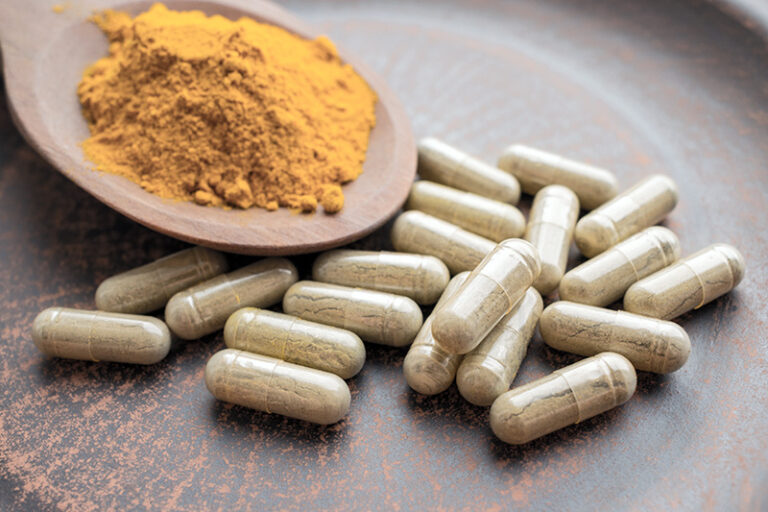Over time, wear and tear on your knees can lead to loss of cartilage and degeneration of the joint. And that can lead to pain. Since conventional treatments have long-term safety concerns and can actually make the disease worse, growing attention is being paid to natural treatments. One of “the most potent and effective” natural supplements is curcumin. This new study adds to the growing body of evidence for curcumin as a helpful treatment for osteoarthritis.
Osteoarthritis is very common, and knee osteoarthritis is the most common form of the disease. Curcumin, the active ingredient in the herb turmeric, has been shown to help.
In this new double-blind study, 139 people with osteoarthritis in their knees were given either a placebo or a low dose of 250mg of turmeric extract standardized for 60% curcuminoids for 90 days.
The main endpoint was self-assessed pain. The turmeric supplement was significantly better at reducing pain as early as day 7. By the end of the study, pain reduction was significantly greater in the turmeric group than in the placebo group: 14.41 points on a visual analogue scale versus 6.02 points. At day 90, pain was 25.05% better in the turmeric group compared to 10.57% in the placebo group.
Several domains of osteoarthritis were then measured on the knee injury and osteoarthritis outcome score (KOOS). An improvement in KOOS scores of at least 8-10 points is considered clinically important. In this study, every domain of the KOOS score achieved that level. KOOS scores were significantly improved versus placebo for all domains, including pain, symptoms, activities of daily living, function, and knee related quality of life. Pain scores improved by 42.98% compared to only10.99% on placebo.
Several markers of inflammation also improved significantly more on the turmeric.
The turmeric did all of its work safely.
This study adds to the evidence that curcumin safely reduces pain and improves function and quality of life in people with osteoarthritis.
J Pain Res. 2025;18:411-427.

